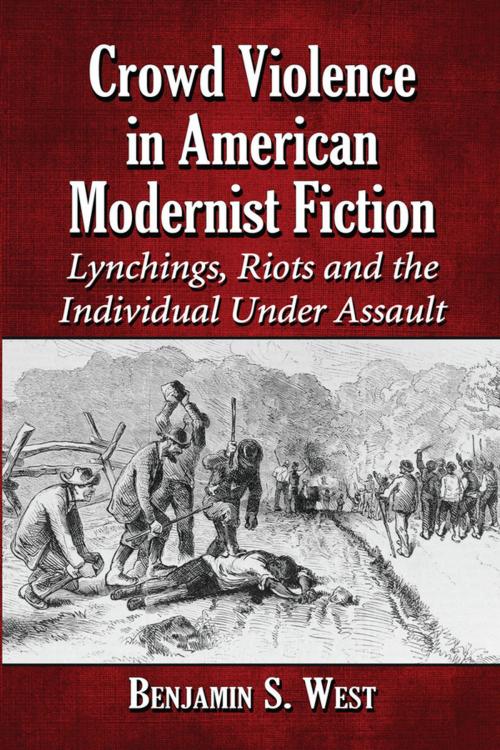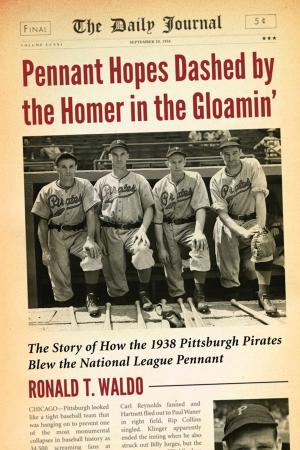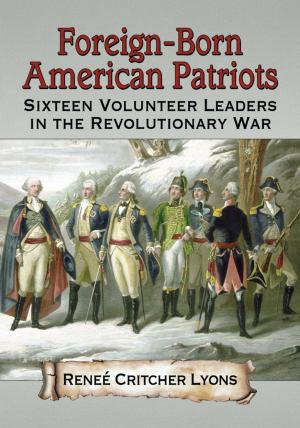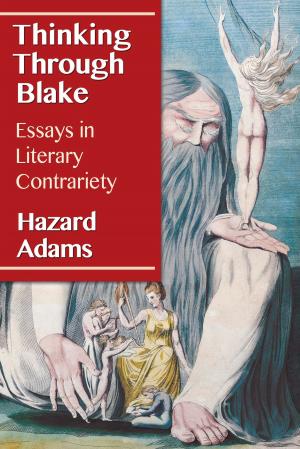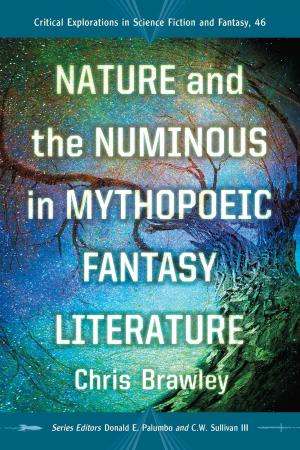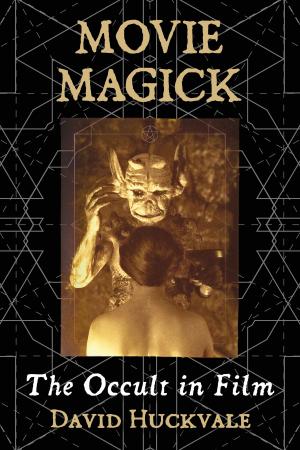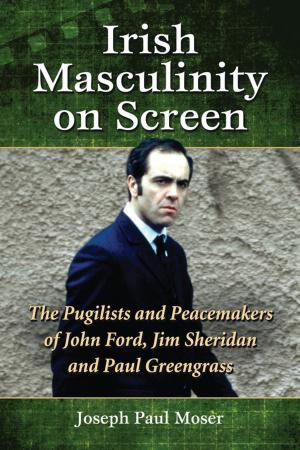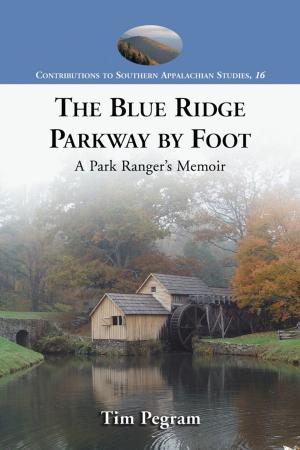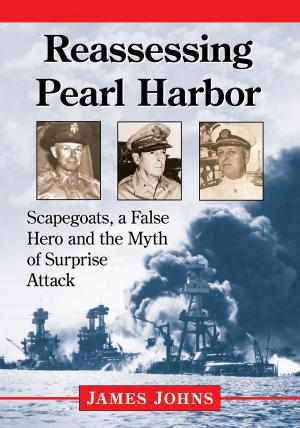Crowd Violence in American Modernist Fiction
Lynchings, Riots and the Individual Under Assault
Fiction & Literature, Literary Theory & Criticism| Author: | Benjamin S. West | ISBN: | 9781476602769 |
| Publisher: | McFarland & Company, Inc., Publishers | Publication: | March 21, 2013 |
| Imprint: | Language: | English |
| Author: | Benjamin S. West |
| ISBN: | 9781476602769 |
| Publisher: | McFarland & Company, Inc., Publishers |
| Publication: | March 21, 2013 |
| Imprint: | |
| Language: | English |
This study explores numerous depictions of crowd violence, literal and figurative, found in American Modernist fiction, and shows the ways crowd violence is used as a literary trope to examine issues of racial, gender, national, and class identity during this period. Modernist writers consistently employ scenes and images of crowd violence to show the ways such violence is used to define and enforce individual identity in American culture. James Weldon Johnson, William Faulkner, Richard Wright, Ernest Hemingway, F. Scott Fitzgerald, and John Steinbeck, for example, depict numerous individuals as victims of crowd violence and other crowd pressures, typically because they have transgressed against normative social standards. Especially important is the way that racially motivated lynching, and the representation of such lynchings in African American literature and culture, becomes a noteworthy focus of canonical Modernist fiction composed by white authors.
This study explores numerous depictions of crowd violence, literal and figurative, found in American Modernist fiction, and shows the ways crowd violence is used as a literary trope to examine issues of racial, gender, national, and class identity during this period. Modernist writers consistently employ scenes and images of crowd violence to show the ways such violence is used to define and enforce individual identity in American culture. James Weldon Johnson, William Faulkner, Richard Wright, Ernest Hemingway, F. Scott Fitzgerald, and John Steinbeck, for example, depict numerous individuals as victims of crowd violence and other crowd pressures, typically because they have transgressed against normative social standards. Especially important is the way that racially motivated lynching, and the representation of such lynchings in African American literature and culture, becomes a noteworthy focus of canonical Modernist fiction composed by white authors.
